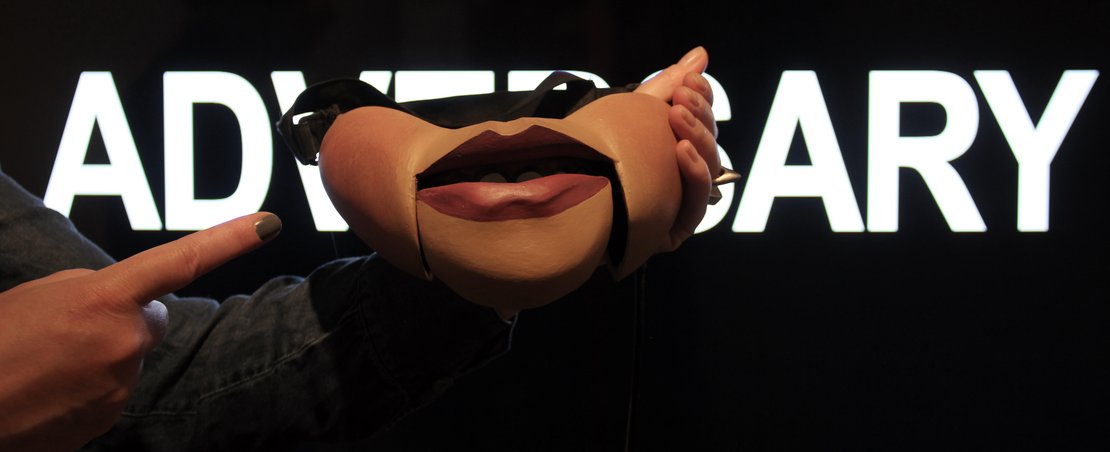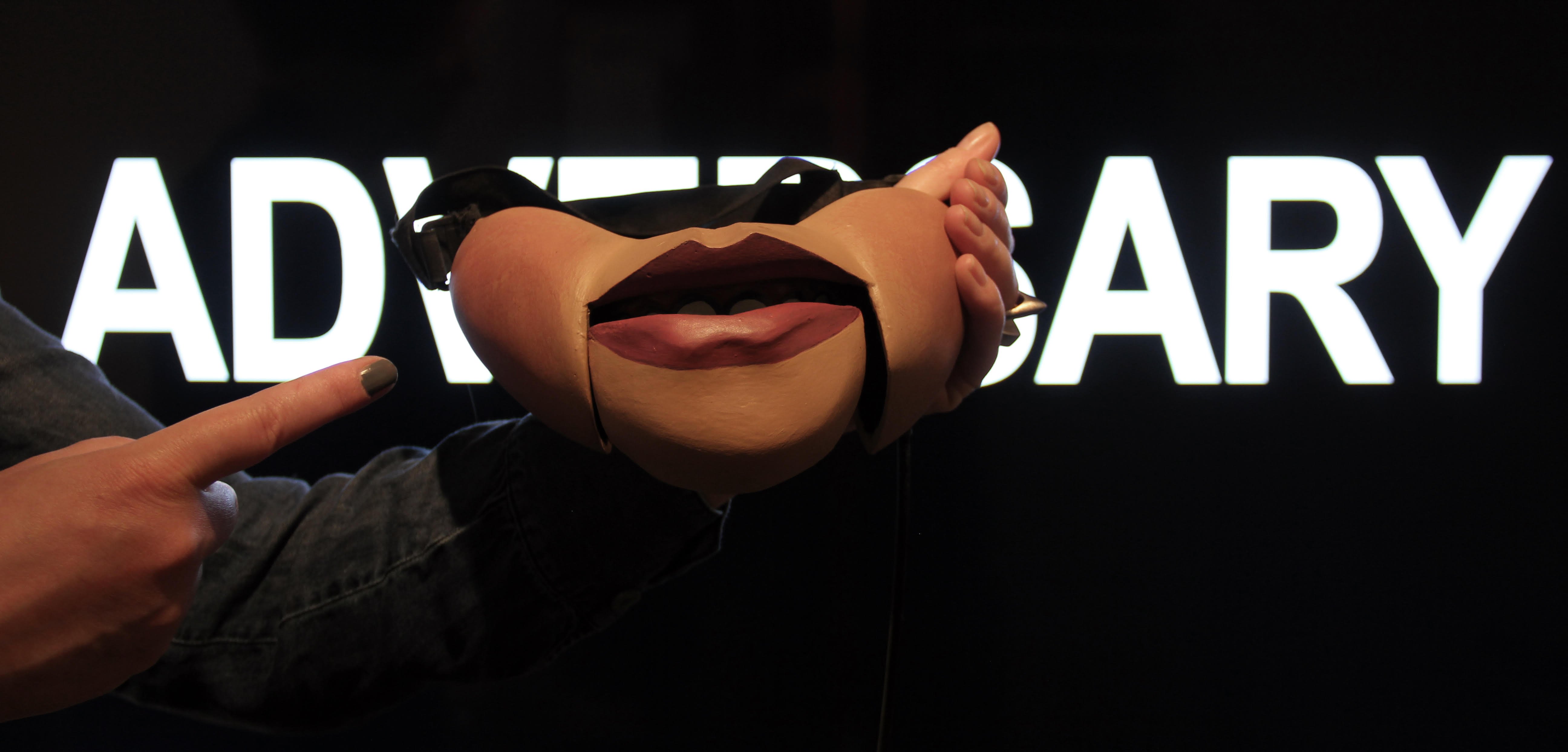
The New Observatory – A collaboration between FACT, Liverpool and the Open Data Institute (ODI) – transforms FACT into an observatory for the 21st century, bringing together an international group of artists exploring new and alternative modes of measuring, predicting, and sensing the world.

Curated by Hannah Redler Hawes (Art Curator at the ODI) and Sam Skinner (Manchester Metropolitan University and FACT), The New Observatory is the seventh Data as Culture exhibition. It includes interactive works, installations, sound, film, photography, critical design projects, drawing and mixed media.
Two of the works are brand new commissions from the first ODI artists in residence Thomson & Craighead and Natasha Caruana who each spent six months at the ODI’s London headquarters in 2015 to research open data and network culture. Julie Freeman – whose project RAT.Systems about naked mole rats is also featured in the show – is ODI Art Associate.
CEO of the Open Data Institute, Jeni Tennison, said: “Data as Culture is about so much more than using data to create artworks. Art enables us to explore, and challenge, the changing role of data in our society. The ODI have collaborated with a number of artists over last five years to open our eyes, and ears, to different perspectives, and I’m delighted to see many of these artists sharing their work in this exhibition.”
Humans have always used tools to observe, but now technology alters our perceptions more than ever. Today we are all connected to ever-growing systems of data. Corporations, governments, machines and individuals are constantly tracking and interpreting the smallest details of our lives.
Artists in The New Observatory create instruments, or use data, to measure the world differently. They conjure new and untold stories, from the personal to the political, micro to macro. They collectively challenge assumptions and standardisation, investigating the moments when logic fails and how that failure might create new possibilities.
Artworks reflect upon how powerful observational tools, once the preserve of scientists, are now part of everyday life. The project has particular resonance in Liverpool, where FACT is based. Liverpool has its own unique history of observation. The Liverpool and Bidston Observatories, active from 1845 and 1867, monitored natural phenomena from the stars to the tides, and created their own bespoke scientific instruments. The New Observatory exhibition engages with this history and spirit, reimagining what an observatory, and observation, can be.